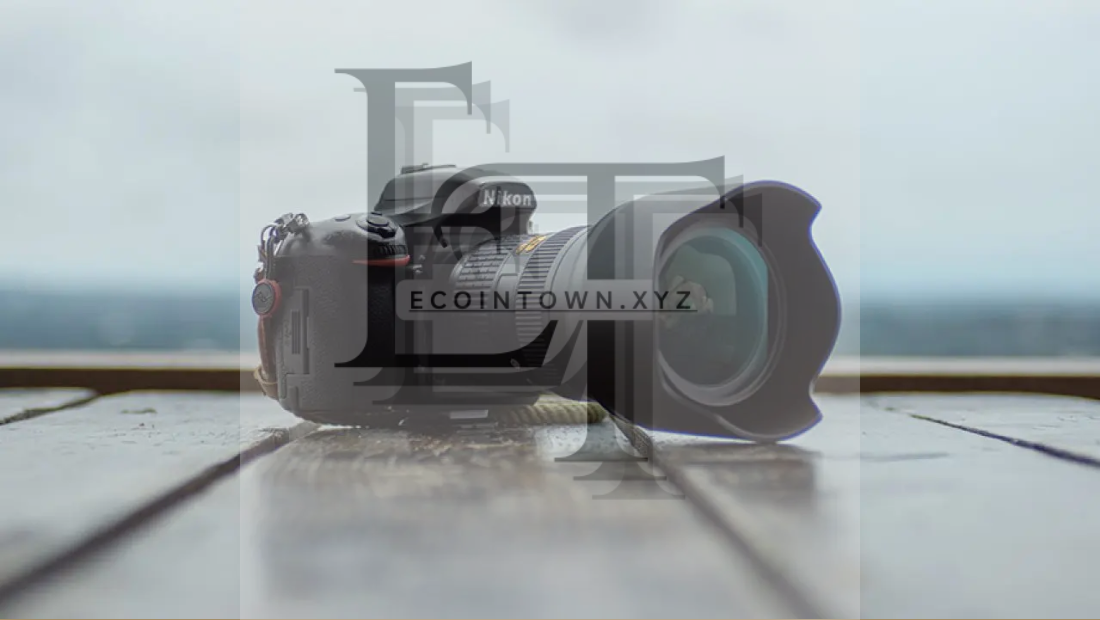When it comes to photography gear, the lens is one of the most crucial components. However, even the best lenses can encounter limitations due to environmental factors, such as glare, flare, or scratches. One of the simplest and most effective tools that photographers use to counter these issues is the lens hood. This often overlooked accessory offers a multitude of benefits that can enhance your photos and protect your gear, making it an essential piece of equipment in every photographer’s kit.
In this article, we’ll explore the essential features of a lens hood, discuss how it can improve your photography, and why it’s a must-have for photographers of all levels. From reducing glare to protecting the lens and even improving the quality of your images, a lens hood provides a host of advantages that are worth understanding.
1. What is a Lens Hood?
A lens hood is a circular attachment that fits onto the front of your camera lens. Its primary function is to block stray light from entering the lens, reducing lens flare and glare. But a lens hood does much more than just improve image quality—it also serves as a form of protection for your lens against dust, scratches, and even minor impacts.
Lens hoods come in various shapes, sizes, and materials, depending on the type of lens they are designed for. The two most common types of lens hoods are:
- Petal-shaped hoods: These are often used with wide-angle lenses to provide better coverage and reduce vignetting. Their design minimizes the amount of hood visible in the frame.
- Circular or cylindrical hoods: These are used with standard and telephoto lenses. They offer more consistent coverage and are easier to manufacture.
2. Key Benefits of Using a Lens Hood
While it may seem like a simple accessory, the lens hood offers a variety of benefits that significantly enhance your photographic experience.
a. Reducing Glare and Lens Flare
One of the primary reasons photographers use a lens hood is to minimize glare and lens flare. When strong, direct light—such as from the sun or artificial sources—enters the lens at certain angles, it can scatter and create unwanted spots or hazy areas in your images. This is especially problematic when shooting in high-contrast scenes, such as during sunrise or sunset.
A lens hood helps block unwanted light from hitting the front of the lens, preventing these issues and resulting in images that have greater contrast and clarity.
- Tip: If you’re shooting against bright light sources, such as the sun, a lens hood can dramatically improve the quality of your image by reducing the chances of flare and preserving your colors and details.
b. Improving Image Contrast
The use of a lens hood can improve the overall contrast in your images. By blocking stray light, the hood helps the lens capture the scene with more depth and richness, enhancing the saturation of colors and the overall sharpness. Without a lens hood, the light that hits your lens at oblique angles can wash out colors and reduce overall image quality.
- Tip: When shooting in bright sunlight or in situations where light is hitting the lens from multiple directions, using a lens hood ensures that the image remains vivid and the colors pop.
c. Protecting Your Lens from Damage
In addition to improving image quality, a lens hood serves as a physical shield that protects your lens from accidental bumps, fingerprints, dust, and scratches. It provides a barrier that absorbs minor impacts and helps prevent damage to the delicate glass elements of your lens. Without a lens hood, your lens is more vulnerable to dust and dirt, which can be harder to clean off or may even damage the lens coating.
- Tip: Always keep your lens hood attached when not in use to prevent accidental lens contact with hard surfaces that could cause scratches or damage.

d. Preventing Raindrops or Moisture from Hitting the Lens
A lens hood can also provide a certain level of protection from environmental elements, such as rain or moisture. While it won’t make your lens completely waterproof, it does act as a shield, preventing raindrops from landing directly on the lens glass. This can be particularly helpful in outdoor or nature photography, where weather conditions are unpredictable.
- Tip: In light rain or drizzle, keep the lens hood on to help keep moisture at bay. However, it’s important to note that lens hoods should not be relied upon for complete protection, and it’s always best to carry a lens cloth or weatherproof cover in harsher conditions.
e. Reducing Vignetting in Certain Lenses
In some cases, a poorly chosen lens hood may cause vignetting, especially on wide-angle lenses. This happens when the hood’s shape or size cuts into the frame, resulting in a gradual darkening of the corners of your image. To prevent this, it’s important to use the correct lens hood specifically designed for your lens.
- Tip: Make sure the lens hood is compatible with your lens type and focal length. For example, wide-angle lens hoods are designed to avoid vignetting, while telephoto lenses may require longer hoods for better coverage.
3. Choosing the Right Lens Hood for Your Camera
There are several factors to consider when choosing a lens hood to ensure it functions optimally for your needs. Here are some of the key considerations:
a. Lens Compatibility
Make sure the lens hood you purchase is designed to fit your lens model. Most camera manufacturers provide specific lens hoods that are made for their lenses, but third-party brands often offer compatible hoods as well. For wide-angle lenses, you’ll need a hood that’s wide enough to provide coverage without vignetting.
- Tip: Always check the lens diameter and focal length to ensure you select the appropriate hood size for your lens.
b. Material and Build Quality
Lens hoods are made from different materials, including plastic, rubber, and metal. Plastic hoods are lightweight and affordable, but may not offer the same durability as metal hoods, which tend to be sturdier and longer-lasting. Rubber hoods are more flexible and collapsible, making them easy to store in your bag when not in use.
- Tip: If you plan to use the hood in harsh conditions or want added durability, consider a metal or high-quality plastic hood for enhanced longevity.
c. Shape and Design
Lens hoods come in different shapes, with petal-shaped hoods being popular for wide-angle lenses and cylindrical hoods for telephoto lenses. Petal-shaped hoods are designed to block light while minimizing the appearance of the hood in the frame, which can be helpful for wide-angle shots. Cylindrical hoods offer more consistent coverage for telephoto and zoom lenses, providing better protection against stray light.
- Tip: If you are using a wide-angle lens, opt for a petal-shaped hood to avoid obstructing your image while ensuring you still block unwanted light. For longer focal lengths, a cylindrical hood is often more effective at protecting the lens.
4. The Role of Lens Hoods in Different Types of Photography
Lens hoods are beneficial in many types of photography, and each style can make use of the benefits they provide in different ways.
a. Landscape Photography
In landscape photography, you often deal with wide, open spaces where the sun’s position can create harsh glare and contrast issues. A lens hood helps keep your images sharp and clear by preventing the sun from creating lens flare, especially when shooting into the sun at sunrise or sunset.
- Tip: Use the lens hood when photographing landscapes in bright sunlight to maintain strong contrast and vibrant colors.
b. Portrait Photography
In portrait photography, controlling light is essential to creating beautiful, evenly-lit subjects. A lens hood helps ensure that ambient light doesn’t spill into the lens, which can cause unwanted glare or reduce contrast in your portraits. It also provides protection in outdoor environments.
- Tip: For portrait photography, especially in natural light, using a lens hood ensures that your subject remains properly lit and free from distracting flare.
c. Street Photography
Street photography often involves spontaneous shooting in varying light conditions, from direct sunlight to harsh artificial lighting. A lens hood is ideal for blocking out extraneous light and helping you focus on your subject without having to constantly adjust settings for flare.
- Tip: Keep a lens hood on your camera when shooting on the streets, especially in direct sunlight or crowded city environments, to maintain sharpness and contrast.
d. Macro Photography
In macro photography, where you’re capturing intricate details, every little bit of light control matters. A lens hood helps block unwanted reflections and glare that can reduce the detail in close-up shots of small subjects, like flowers, insects, or textures.
- Tip: For macro shots, consider a shorter lens hood that protects the lens while allowing you to get closer to the subject.
5. Conclusion
A lens hood is one of the simplest yet most effective accessories a photographer can use to improve their images. Whether you’re shooting in bright light, capturing portraits, or protecting your lens from bumps and scratches, a lens hood provides essential protection and improves the overall quality of your photos. By reducing glare, improving contrast, and enhancing stability, lens hoods offer a range of benefits that will help you capture more professional and polished images.
For photographers at any level, adding a lens hood to your kit is a smart decision. Make sure you choose the right lens hood for your specific camera and lens type, and experience the difference it can make in your photography.
